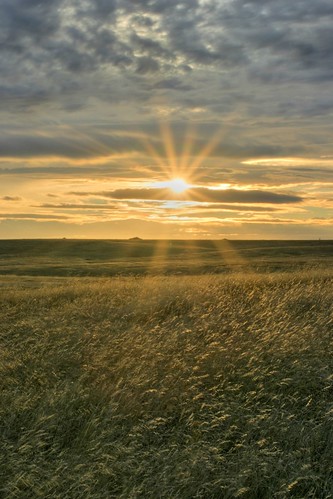
I tend to be a bit of an extremist when it comes to travelling. I avoid things I label as tourist traps like the plague, even at the expense of missing out on some obvious land marks. I’ve been to Paris three or four times, yet I’ve never gone to the Eiffel Tower. I visit London regularly, but I’ve never been to the Big Ben and in my holidays in Rome I never ventured towards the Vatican (and the Sistine Chapel), even though I would like to rectify the latter the next time I spend some time in The Eternal City
.
As an independent traveller who goes abroad regularly you become somewhat cynical. This brings about a lot of advantages. When we visited New York last year we visited all the “right” places but did spend some time to see some of the more obvious landmarks. We walked across Central Park and crossed Brooklyn Bridge, we bought tickets to the Empire State Building and stared in awe at the lights in Time Square. We only did those after getting lost in Chelsea and the meatpacking district, eating ethnic food in Greenwich Village and walking across Harlem.
Our overall intention is to get to live life as a local would. Eating with the locals, seeing the places they would visit and understanding the basic differences and similarities. I cannot understand how someone could travel half way across the world to eat the same food they’d eat at home (especially if it is some mass-produced drivel).
As someone living in Malta (which is very touristic) I realise that 90% of what tourists visit are simply what we think should appeal to them. We think that they want to see all the quaint women dressed in medieval clothes, eat “traditional” food and spend time visiting the wonders we have on the island. Are they worth a visit? Yes – for sure – and I can understand how a first-time visitor might want to see some of them. Do these tourists learn anything about the Maltese people or how we live our lives? No they don’t.
The million-dollar question, however is, do they want to? Did they travel to see the people or did they come over to see our natural beauty, our pre-historic temples, our medieval churches and stunning Grand Harbour?
On a recent holiday we were travelling with people who can be classified as “gullible” travellers. I must admit that for the first time ever I felt that travelling that way has its appeals too. I never expected it, but we saw things that I would never have ventured on my own because I would have dismissed them as tourist traps. It set me thinking that with so many people doing the same thing, there must be some appeal to it after all.
On an earlier trip last year, for example, in which I was travelling with my wife, her parents and brother, we took a horse and carriage ride. It was also something we would never have dreamed of taking but once on it both my wife and I enjoyed it thoroughly.
My verdict? I’m still not certain what to think of it. First of all I am a firm believer that everyone should take holidays for whichever reason they believe works for them. If I want to spend two weeks on a beach I should be allowed to (I don’t want to!) but if my idea of a holiday leaves me more tired than before I left, I should be allowed to do so too. Everyone has their own goals and we each relax in different ways.
By simply following the obvious tourist trail you will definitely miss out on a lot. It is practically impossible to find out what the country and its people are like that way. On the other hand, if you avoid all touristic spots possible, you can miss out on major marvels which attract so many people in the first place.
I’d go for a hybrid.
(#9 of 366 X 2012 project)


